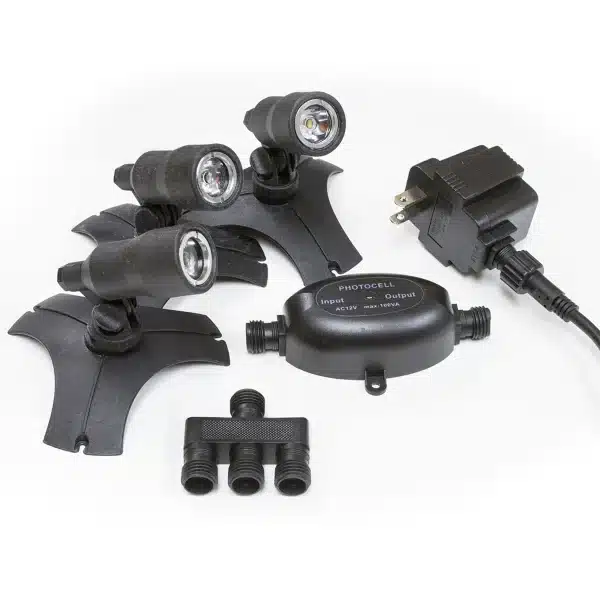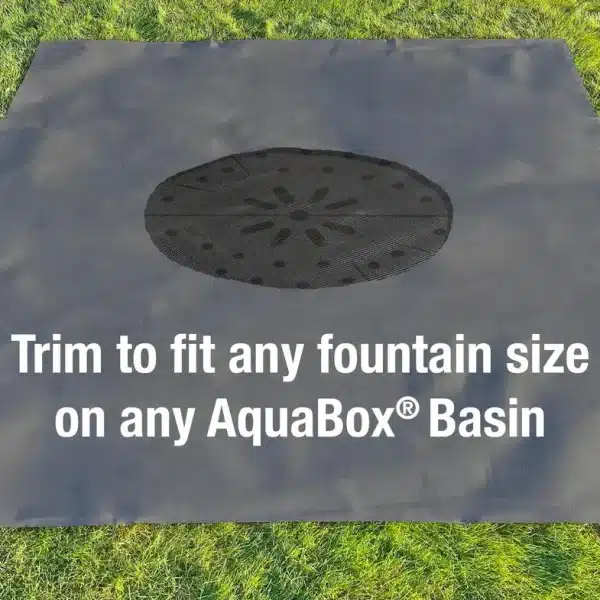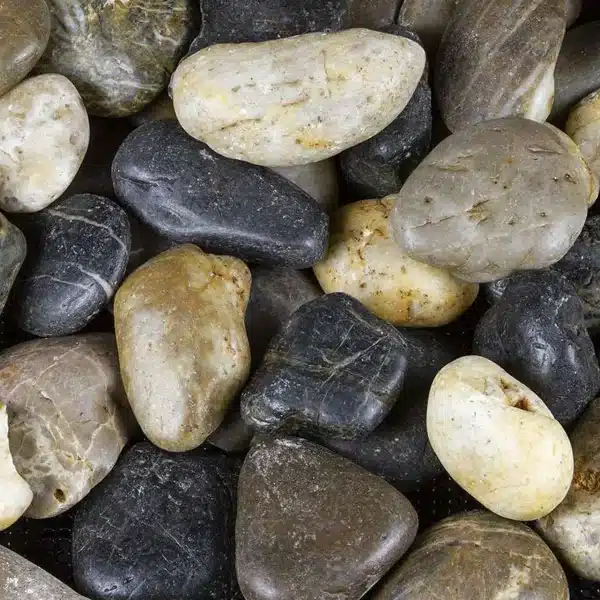Introduction
When it comes to installing a fountain, most people focus on the visible elements—the sculpture, the water patterns, the lighting, and the surrounding landscape. But what lies beneath your fountain is just as crucial as what flows above it. A fountain’s base or foundation is the unseen hero that supports the structure, ensures smooth operation, and protects your investment from damage over time.
Just like a house needs a strong foundation, your fountain needs the right base to stay level, maintain water flow, and avoid costly problems like cracking, shifting, or sinking. In this comprehensive guide, we’ll explore everything you need to know about choosing the right base for your fountain, including materials, foundation types, installation tips, and drainage considerations.
Why the Base of a Fountain Is So Important
Before diving into material choices and construction methods, let’s look at why the base matters:
- Structural Integrity: A strong base keeps your fountain upright and prevents tilting or toppling.
- Water Flow Efficiency: An uneven foundation can disrupt water circulation and create splash issues.
- Safety: Especially for large fountains, a stable base ensures the fountain doesn’t pose a hazard.
- Longevity: A proper base protects the fountain from moisture buildup, erosion, and freeze-thaw damage.
- Appearance: A level, stable foundation enhances the aesthetic harmony of the whole feature.
Skipping this crucial step or choosing the wrong materials can lead to cracks, mold, malfunctioning pumps, or even a total collapse.
Factors to Consider When Selecting a Fountain Base
1. Fountain Size and Weight
- A tabletop fountain may only need a flat shelf or countertop.
- A medium garden fountain might require a concrete pad.
- Large multi-tier fountains often need reinforced concrete footings or piers.
Rule of thumb: The larger and heavier the fountain, the more robust the base must be.
2. Soil Type
Different soils have different load-bearing capacities:
- Clay soils can swell and shift with moisture, making them unstable.
- Sandy soils drain well but may require extra compaction.
- Rocky or compact soils are ideal but often rare.
- Soil tests may be necessary for large or commercial projects to determine proper load support.
3. Drainage
A waterlogged base can lead to:
- Erosion
- Frost heaving
- Pump failure
- Algae growth
- Proper drainage through gravel layers, drain tiles, or slope design is crucial.
4. Location and Weather
Outdoor installations must account for:
- Freeze-thaw cycles
- Heavy rain or flooding
- Sun exposure
- Indoor fountains must consider:
- Moisture protection
- Floor load limits
- Water containment
5. Maintenance Access
Fountains will need:
- Electrical connections
- Pump maintenance
- Winterization or water treatment
- Ensure the base design allows for easy access without compromising stability.
Popular Types of Fountain Bases
Let’s look at the common options used to support fountains across different scales and settings.
1. Concrete Slabs
Best for: Medium to large fountains
Pros:
- Durable
- Can be leveled precisely
- Long-lasting
- Can support heavy loads
Cons:
- Labor-intensive to install
- Requires curing time
- May crack if not reinforced or if drainage is poor
Tips:
- Use rebar for reinforcement
- Ensure proper slope for runoff
- Add a gravel layer underneath for drainage
2. Gravel and Sand Beds
Best for: Lightweight fountains or as a drainage layer under a slab
Pros:
- Easy to install
- Allows water to drain
- Inexpensive
Cons:
- May shift over time
- Not stable for heavy fountains without edge containment
Tips:
- Compact the gravel and sand layers thoroughly
- Use edging to prevent displacement
- Combine with paving slabs for added stability
3. Paver or Stone Bases
Best for: Decorative installations and smaller fountains
Pros:
- Visually appealing
- Allows customization
- Easy to replace or reposition
Cons:
- May become uneven without proper compaction
- Requires occasional maintenance
Tips:
- Install on a compacted sand base
- Level carefully using a string or laser level
- Seal stones to prevent weed growth and staining
4. Wood or Composite Deck Bases
Best for: Portable or indoor fountains
Pros:
- Aesthetic warmth
- Good for temporary or seasonal displays
- Easier access to plumbing and wiring
Cons:
- Limited weight capacity
- Vulnerable to water damage over time
- Not ideal for permanent outdoor use
Tips:
- Use water-resistant coatings
- Elevate slightly to allow airflow underneath
- Ensure deck joists can handle weight
5. Steel or Metal Platforms
Best for: Modern or architectural fountains
Pros:
- Strong and minimalistic
- Can be fabricated off-site
- Sleek, industrial look
Cons:
- Susceptible to corrosion if not treated
- More expensive
- Requires professional fabrication
Tips:
- Powder-coat or galvanize metal to prevent rust
- Anchor securely to prevent tipping
- Combine with concrete for added strength
- Drainage and Waterproofing Essentials
- Importance of Proper Drainage

Without drainage, stagnant water can:
- Weaken the foundation
- Breed mosquitoes
- Freeze and expand in winter, causing cracks
Drainage Solutions
- French drains: Use perforated pipes and gravel to direct water away.
- Weep holes: Small holes in the base to release excess water.
- Slope grading: Ensure water naturally flows away from the base.
- Drain trays or basins: Catch and redirect overflow from aboveground fountains.
Waterproofing Tips
- Use sealants on concrete to repel water
- Add a vapor barrier beneath the base (especially for indoor installs)
- Consider bitumen or rubber liners in extreme climates
Step-by-Step: Installing a Reliable Fountain Base
Step 1: Site Preparation
- Mark your fountain’s location
- Clear the area of roots, debris, and organic matter
Excavate at least 6–12 inches (more for heavy fountains)
Step 2: Base Layer
Add 3–6 inches of crushed stone or gravel
- Compact thoroughly
- Add landscape fabric if needed for weed control
Step 3: Pouring Concrete (if applicable)
- Build a wooden form around the excavated area
- Pour reinforced concrete and smooth the surface
- Allow to cure for at least 3–7 days depending on weather
Step 4: Finishing Touches
- Install pavers, tiles, or surface finish
- Connect drainage piping or French drains
- Check for levelness with a long level or laser
Step 5: Fountain Installation
- Set the fountain base
- Connect electrical or plumbing elements
- Test water flow and check for leaks
Common Mistakes to Avoid
Skipping drainage: Even indoor fountains can overflow or leak.
- Using soft or unstable ground: Avoid areas with poor soil compaction.
- Improper leveling: Even a small tilt can cause splash and pump failure.
- Underestimating weight: Especially for cast stone or marble fountains.
- Ignoring climate: Freeze-thaw cycles demand frost-proof bases.
- Using untreated wood outdoors: Always use rot-resistant lumber or sealants.
Custom Considerations for Different Fountain Types
Tiered Fountains
- Need perfectly level ground
- Require a wider base for support
- Often paired with a catch basin for recirculation
Wall Fountains
- Require wall anchoring AND base support
- May benefit from a small concrete footing
Pondless Fountains
- Typically require gravel beds with a hidden reservoir
- Benefit from permeable liners and pump vaults
Contemporary Sculptural Fountains
- Use steel frames or concrete pedestals
- May incorporate lighting cables that need conduit routing
Expert Tips for a Long-Lasting Fountain Foundation
- Check your local building codes for required depth, setbacks, and materials.
- Use frost-proof footings if you live in cold climates (typically 12–48” deep).
- Get a soil test if installing a large or commercial fountain.
- Invest in a laser level or hire a pro to ensure perfect installation.
- Document your plumbing and wiring layout for future maintenance.
Conclusion: What Lies Beneath Is the Key to Success
Your fountain’s beauty and functionality depend on more than the artistry above—it depends on what’s underneath. A thoughtfully designed, well-constructed base protects your investment, keeps everything level and safe, and minimizes future repairs. Whether you’re installing a modest garden bubbler or a grand architectural statement, remember: what’s underneath matters.
Build smart from the ground up, and your fountain will reward you with years of soothing sound, visual delight, and reliable performance.






